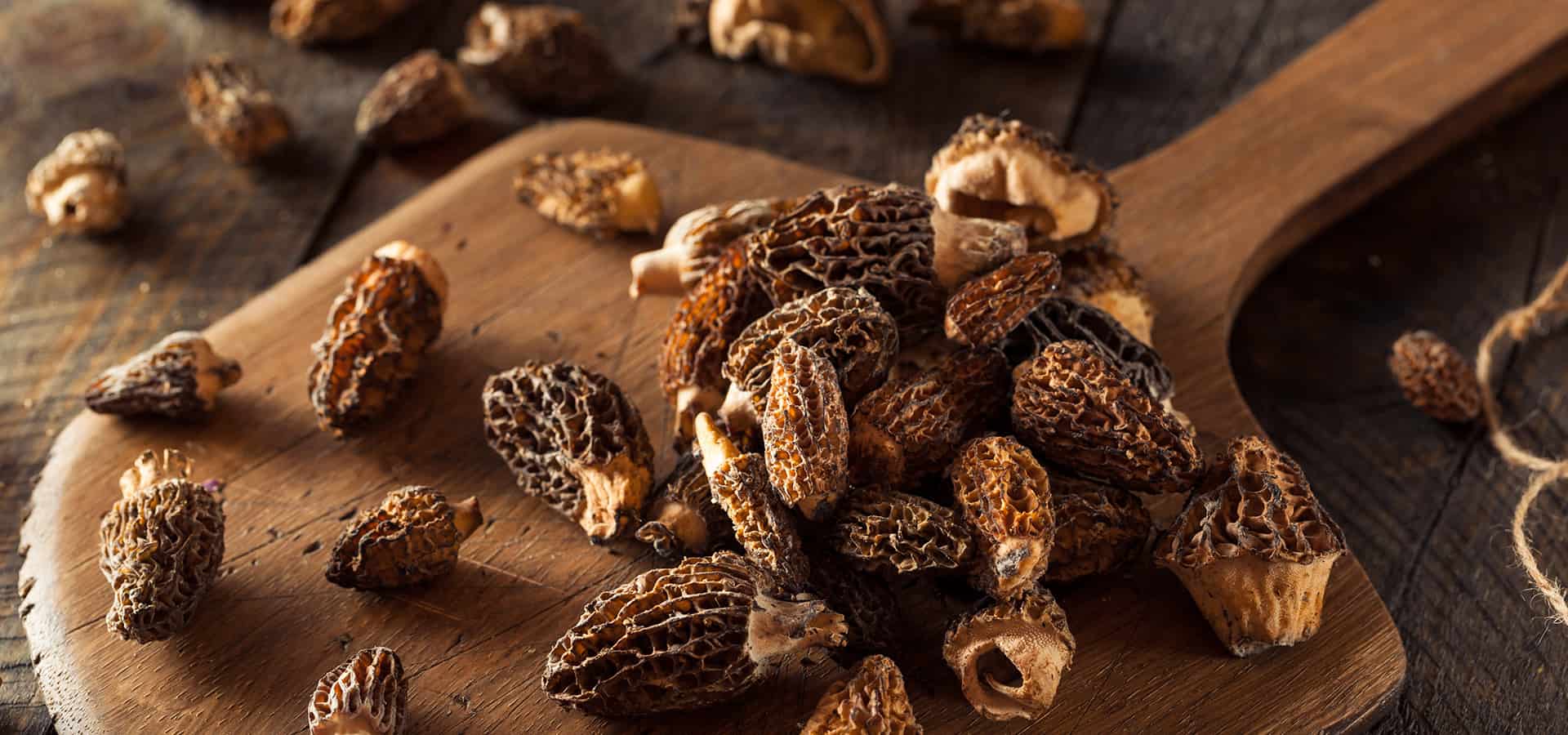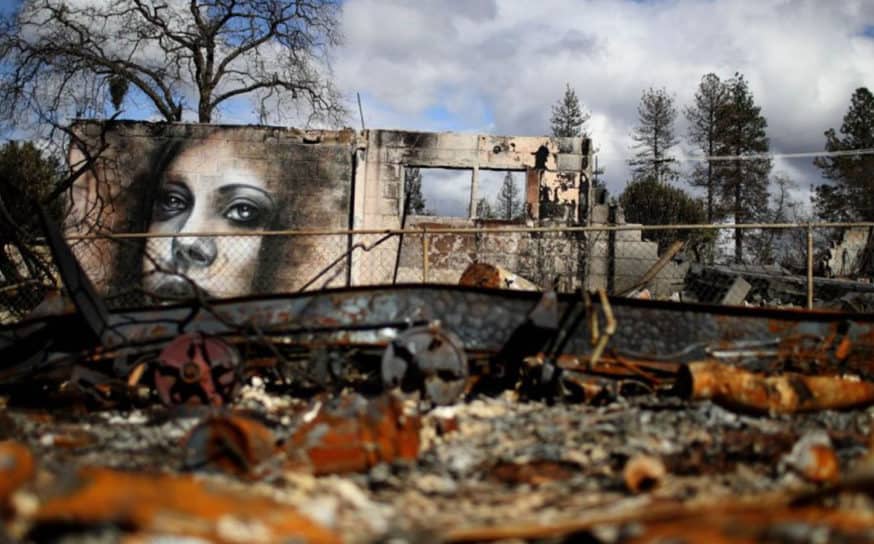
Like a Fungi Phoenix, Morel Mushrooms Rise From the Ashes
The bumper crop is a welcome, if bittersweet, byproduct of last year’s devastating fires.
-
CategoryFarm + Table
In the ashes of coniferous trees devastated by the fires of late 2017, the precious and tasty Morel mushroom springs forward in abundance. California chefs and fungi fanatics are foraging the delicious little wonders in quantities not seen in years.
According to Eater San Francisco, “Morels, whose scientific name is Morchella, are so highly valued because they’re foraged, not farmed: Their symbiotic relationship with trees is tough to replicate on a commercial scale. As to why they fruit after fires, Kabir Peay, an assistant professor of biology at Stanford, calls that phenomenon “a little bit of a mycological mystery.”
“Fungi will often reproduce either when things are really good, or really bad,” says Peay. “In a lot of cases when their resources are all used up, they’ll create new mushrooms to move on… to find new resources to eat.”
Read more about the Morels’ amazing year and where to find them here.
Art and Optimism in the Ashes
This Disney artist creates beauty among the ruins of the Paradise Camp Fire.
Snow Season Arrived Early, and We’re Super Stoked
How California ski resorts are upping the game on slope safety.
A Crime Novel Lover’s Guide to Los Angeles
Where to walk in the shadows of L.A. Noir.



















